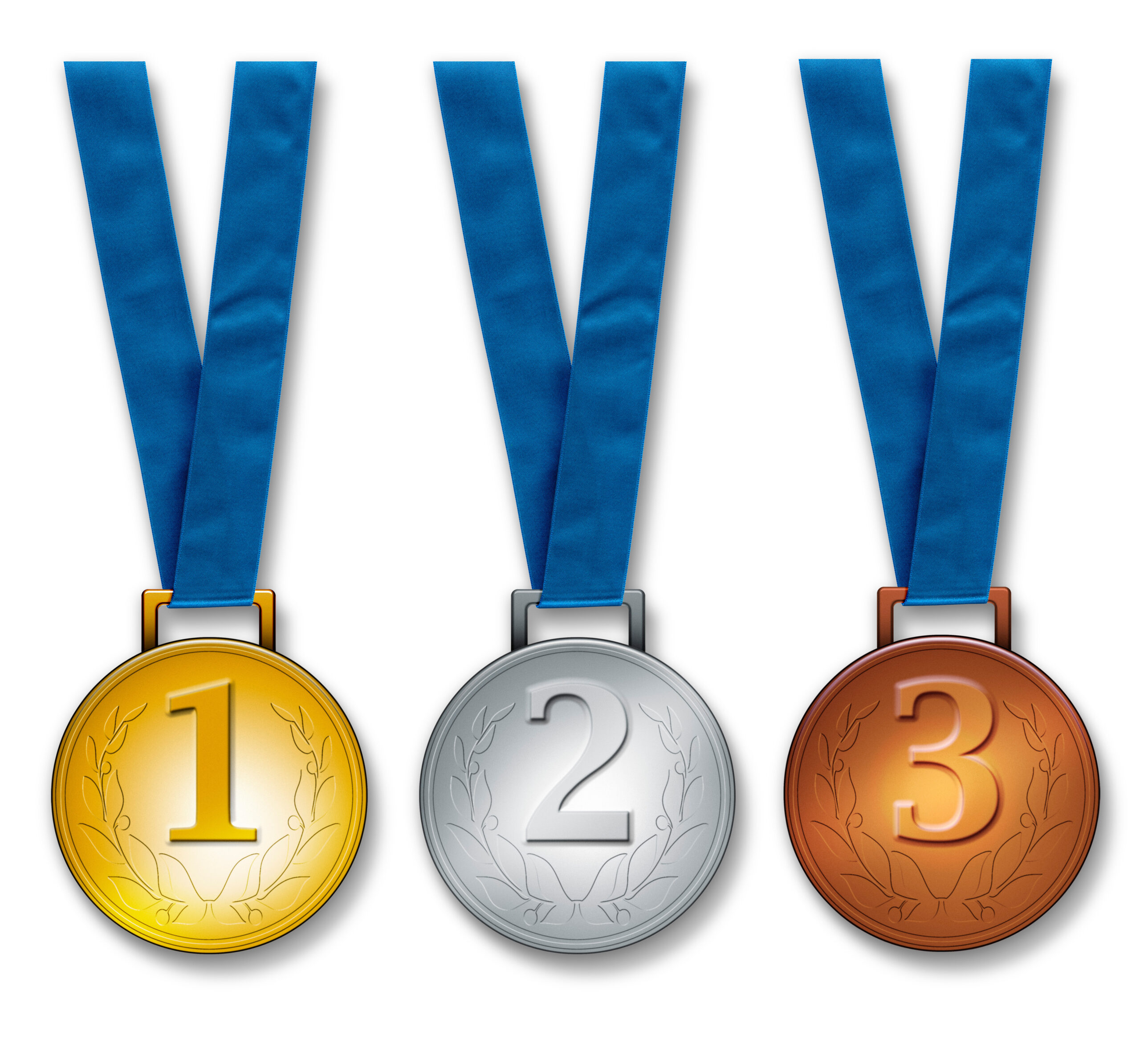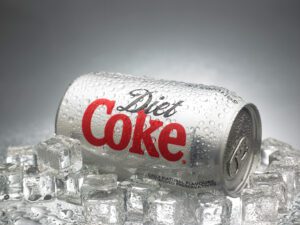Olympic Athletes Share Injury Prevention Secrets That Work for Anyone
February 6, 2014
 787
787 
When you’ve got serious knee pain… life is unbearable. Running is excruciating. Squatting hurts. And simple everyday tasks (like getting out of bed in the morning) can seem impossible to do.
Olympic gold medalist – and skiing superstar – Lindsey Vonn understands this type of pain. She will miss competing in the 2014 Sochi Olympics because of a devastating right knee injury.
In February 2013, Vonn tore the anterior cruciate ligament (ACL) and medial collateral ligament in her right knee – and fractured her tibia – in a crash during the Alpine skiing world championship in Schlamding, Austria.
And things quickly went from bad to worse…
After undergoing major surgery, Vonn suffered a setback 9 months later in November 2013 when she flipped over her ski’s – and went head first into a fence – during a training run at Copper Mountain in Colorado.
The results? She partially tore one of the reconstructed ligaments in her knee.
OUCH.
“I don’t think I was pushing myself too hard,” she told Matt Lauer on the TODAY Show after her setback in November. “It just was unfortunately a fluke accident. That’s the risk you take when you’re going 80-90 miles an hour down a mountain. That’s just part of the job…”
One thing’s for sure. This injury won’t keep Vonn down. “The important thing is to keep moving…” she told the TODAY Show.
Although most knee ligament injuries occur during sports – and are often difficult to avoid – there are several steps you can take to improve the overall strength and flexibility of your knees.
Check out these 12 secrets of Olympic training that can boost your current exercise program – and dramatically reduce your risk of injury – regardless of your age or fitness level.
From diet and supplements… to stretches and exercise… you won’t want to miss this “gold medal advice” from Olympic athletes – past and present…
1. Eat (and Drink) to Win.
“Getting the right food in my body 30 minutes after working out helps so much more with the next workout and has really changed my training.” – Eric Shanteau, 28, swimmer in the 2008 Olympics
“When I eat every three hours I can focus better, feel stronger, last longer.” – Kerri Walsh Jennings, 33, beach volleyball player and two-time Olympic medalist
“The more colorful the food the better. I try to add color to my diet, which means vegetables and fruits. If I need the sugar or something my body is craving, I’m not one to steer away from eating it.” – Misty May-Treanor, 34, beach volley ball player and two-time Olympic Medalist
American Council on Exercise Hydration Tip: Consume half your bodyweight in fluid ounces of pure filtered water. If exercising intensely or for long duration, consume a sports-drink such as Gatorade to replace lost electrolytes.
2. Aim for a total body work out.
“Deep squats work so many muscles in your body. Once a week, I do three sets of six, or eight of the free-bar ones, which can help out your balance and work more muscles than doing them on the machine.” — Lolo Jones, 31, 2014 Olympic bobsled team
American Council on Exercise Fitness Tip: Keep your legs strong! The hamstrings, in the back of the thigh, and the quadriceps, the muscles in the front of the thigh, are crucial shock and impact absorbers. These muscles must be kept strong and flexible to protect the joint surfaces in your knee.
3. Work your core.
“I have a bad back and I use my core a lot, so I like to stretch both at the same time. With my right leg straight out in front of me and my left bent leg over it, I put my right elbow on my left knee and twist.” — Janet Evans, 40, swimmer and five-time Olympic medalist
4. Add variety to your workout.
“I love going to the gym and taking aerobics classes and kickboxing. Doing a variety of activities keeps it fresh and helps work other muscles that could potentially help you with your game.” — Swin Cash, 34, basketball player and two-time Olympic Gold Medalist
5. Work with a Personal Trainer.
“Performing moves incorrectly is a surefire way to injure yourself. If you can, get a trainer who can give you some pointers and help you with your workouts.” — Dara Torres, 46, swimmer and 12-time Olympic medalist
6. Take Supplements to Support Healthy Joints.
“I take D3, B-complex, fish oil, calcium, zinc, and magnesium. I also take ribose during practice and then ribose and whey protein after.” – Susan Francia, 31, rower and gold medalist 2008 Olympics
“Regarding my diet, I take some glucosamine and I try to eat foods that reduce inflammation (like quinoa, kale, fish and olive oil).” – Bruny Surin, 46, runner and gold medalist 1996 Summer Olympics
7. Stop Stiffness BEFORE it Starts!
“I’ve been doing this a long time, so it gets harder; your metabolism slows down a bit as you get older. I have to get out there every day and move—whether it’s yoga, taekwondo, whatever—I have to move every day.” — Diana Lopez, 30, taekwondo; bronze medalist in 2008 Olympics
American Council on Exercise Warm-Up Tip: After 10 minutes of a light jog or jump rope session, spend 10-15 minutes on warm-ups such as skipping or reverse lunges. This helps improve flexibility, coordination, rhythm and naturally prevent injuries from occurring. After your workout, incorporate recovery techniques like foam rolling… massage… and stretching/flexibility exercises to ensure the body remains limber and reduce pain or soreness.
8. Ice, Ice Baby.
“When I’m sore, ice is my best friend. It really works. I take omega-3s every day, which helps with inflammation. And I try to eat things that won’t inflame my joints, like fresh fruits and veggies, lean protein, and seafood.” — Kerri Walsh Jennings, 33, beach volleyball player and two-time Olympic medalist
9. Get a Good Night’s Rest.
“When I was in Beijing [in 2008], I used a Pilates technique called constructive rest before going to bed. You lie on the floor, knees bent and feet flat. Then you imagine your muscles filling up with water, then [visualize] all the tension disappearing.” — Natalie Coughlin, 29, swimmer and 12-time Olympic medalist
“The older I get, the more I realize how much getting enough rest and sleep makes a difference. I need at least eight hours of sleep to feel my best. If I’m up late and then get up early the next morning, I’m dragging throughout the day.” — Misty May-Treanor, 36, beach volleyball player and three-time Olympic Gold Medalist
American Council on Exercise Sleep Tip: High-level athletes that are training hard need 8-10 hours of sleep. Focus on quality of sleep by going to bed before 11 p.m. for optimal hormonal release don’t use a computer or watch TV within 30 minutes of sleeping to avoid effects of electromagnetic waves and make your sleeping environment as dark as possible.
10. Melt Away Stress… in 20 minutes or Less!
“I like to take mustard baths. I combine 4 lbs Epsom salts, 3 oz. mustard powder, 12 oz. powdered milk, and 1/2 cup baking soda, add in 12 drops each of rosemary and eucalyptus essential oils, then whisk it and pour 1/4 cup of the mix into the tub while warm water is running.” — Natalie Coughlin, 29, swimmer and 12-time Olympic Medalist
Useful Fact: Mustard baths are used in Ayurvedic medicine to treat colds, stress, sore muscles, fever and congestion. This ancient healing spice has been known to stimulate the sweat glands, open the pores and help the body rid itself of toxins. When this happens, circulation is improved, congestion is relieved and pain is eased.
11. Wear Proper Shoes.
“Always double-knot your sneakers. One of my teammates once lost a shoe during a game!” — Heather Mitts, 35, soccer player and three-time Olympic Gold Medalist
American Orthopedic Foot & Ankle Society Tip: Proper fitting sports shoes can enhance performance and prevent injuries. Try on athletic shoes after a workout or run and at the end of the day. That’s when your feet will be at their largest.
12. Replace Running with Low-Impact Workouts.
“As a professional sprinter, I was doing a lot of muscular exercises with heavy weights. By continually creating pressure on my kneecap, the cartilage had collapsed, which triggered the osteoarthritis. Therefore, my training routine had to change. I now try to avoid movements that create pressure on my knees, so I am no longer doing squats, using heavy weights, or running.” – Bruny Surin, 46, runner and gold medalist 1996 Summer Olympics
Which of these tips can you use in your fitness routine? Please share your comments below!

A new study suggests that a widely used sugar substitute found in diet sodas, chewing gum, and low-sugar yogurt may elevate insulin levels. This could increase the long-term risk of heart disease. “Artificial sweeteners have infiltrated nearly all types of food, making it crucial to understand their long-term health effects,” said Yihai Cao, senior author […]

Diet Coke has long been a fan-favorite among soda lovers who want a fizzy, guilt-free alternative to traditional soft drinks. While its zero-calorie, zero-sugar label makes it seem like a healthier option, the reality is far more concerning. Despite its undeniable popularity, Diet Coke’s nutritional profile has raised red flags among health experts for years. […]

New study shows that embracing an anti-inflammatory, plant-forward diet can support cognitive function and help reduce the risk of dementia. What You Eat Shapes Your Brain The food you eat doesn’t just impact your body—it also affects your brain. Research suggests that eating an anti-inflammatory, plant-based diet can help improve memory, focus, and overall brain […]